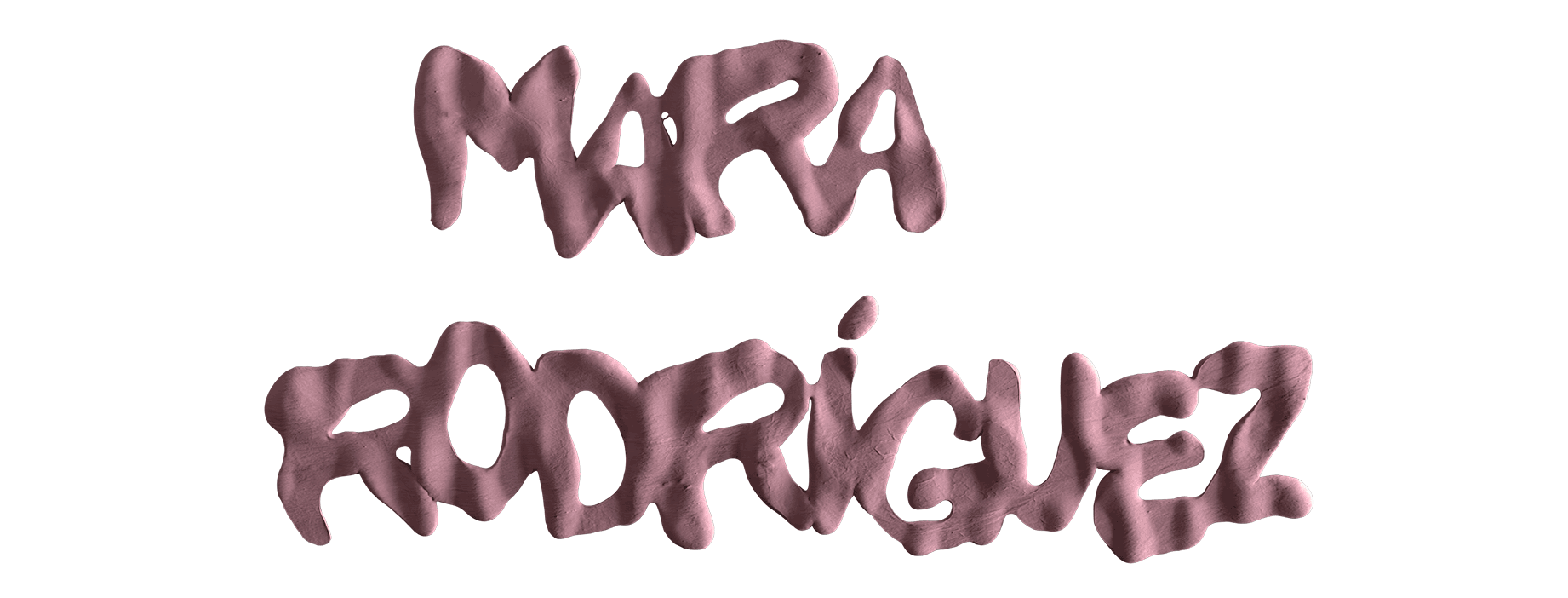Fiberstorm
A Designer’s Sustainable Toolbox
a work to educate on sustainability and ecological materials
Instead of encouraging to just use organic cotton fabric, prompts you to analyze sustainability from several crucial perspectives in order to get an extended overview.
To be clear: I have put together a gigantic in-depth body of research on sustainability, ecological fabrics and alternative practices. This platform is an independent database and trustful source, as it does not receive any financial support from the textile industry, thus its content and knowledge are meant to be widely shared.
My intention became obvious: Why should I produce another sustainable fashion collection if production, no matter how sustainable, is never sustainable enough? Instead, I provide knowledge and information to show designers how to integrate sustainability into their collections in the future.
This work had been heavily inspired by my own mistakes and reflects on how and with what kind of knowledge these could have been prevented.
My interests in circularity, environmental footprints of fabrics, differences between fibers, sustainable design and a critical rethinking of the fashion industry have already followed me for quite some time. Yet, the more I find out, the more I want to keep on learning. This is how one’s consciousness works – there is no way back. In fact, why would anyone turn back? Ignoring problems has never helped solving them.
Fiberstorm has four main chapters. Buffet is all about a sustainable practice, Treasure contains a sustainable fabric database, Magazine holds information on fiber types while under the About subpage one can find my manifesto.
It might look unusual for a graduate fashion student to create a publicly available website instead of a collection. But to be honest, this is the first time since I started my BA that I really know I am doing the right thing. As being trained to become a fashion designer gave me the necessary insight into what the industry might need to become more sustainable.
Yet I do not understand, how many fashion designers still look away from how bad the situation is and repress that we urgently need to change. 87% of all end-of-use textiles end up on landfills or in incineration, which accounts to about 13 million tons per year.
My vision of a utopian future, as it is described in my manifesto, is to try to spread information in order to make change possible in society as a whole.
Fiberstorm should become an important research tool for designers and students. I am already building collaborations with conceptually similar projects and plan to work with bigger fashion and textile brands to achieve an even higher impact.
For the future, I will keep this project growing and collect as much usable information as possible. There is no way to turn back.
credits:
Graphic Designer: Annie Kahri
Freelancer as Website Creator: Jasmin Denzer
Sustainability Expert and Mentor: Dinie van den Heuvel



